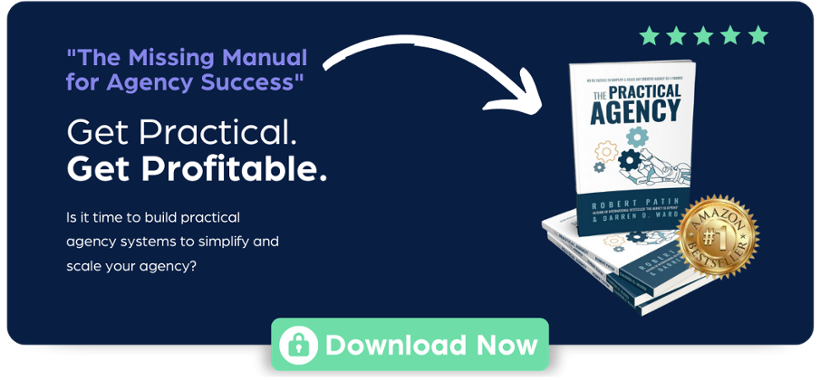Cash flow is one of the most common challenges small businesses face, and one that can be the most difficult to overcome. Business owners often struggle to get customers to pay their invoices on time so they can make their payments to suppliers and pay off other expenses. Bad timing could disrupt the entire flow of a growing company.
Fortunately, there are a few actions you can take to improve cash flow in your business—especially during lean times.
Ensure your financial statements are always up to date
Whether you are working with an internal accountant or an outsourced service, you should make regularly updated financial statements a top priority. Your statements enable you to track how money is flowing throughout your organization. The more closely you are able to watch your cash flow, the better you will be able to predict a potential issue, making it a little easier for you to address the problem and prevent it from getting any worse.
Open a line of credit, if possible
In an ideal situation, you would be able to open credit lines while your finances are in good order. But if you find yourself in a crunch, you may still be able to take out a loan. Be careful about how you choose to borrow money, however. If you are not going to be able to realistically pay back the money you’ve borrowed in a reasonable amount of time, you could find yourself crushed under the weight of interest rates.
Figure out ways to get customers to pay faster
If you have developed strong relationships with some of your customers, they may be more amenable to shorter payment periods. You might even be willing to offer a discount of 1-2 percent if they pay within a week of the invoice.
This is probably not an arrangement you are going to want to advertise or offer to all your clients, but it could help ensure you get the money you need to fulfill your financial obligations in a timely manner.
Cut costs as appropriate
You don’t necessarily need to take drastic measures when it comes to reducing expenses. All it takes is a few tweaks here and there, and you could see some big savings over time. For example, reducing the amount of energy your business consumes could allow you to save a significant amount of money on utilities throughout the year. You could also cut back on travel and entertainment costs for your employees. Cutting hours or positions should always be a last resort.
Sell off any assets you do not need
If you have equipment you no longer use or do not use enough to make it worth keeping, it could help your business to sell it to give you a little more of a cash cushion. Company cars are often the first items sold for many businesses, as are extra laptops or office equipment that are non-essential.
Working with an experienced financial advisor can help you better plan your cash flow and continue to maintain good financial standing as a growing small business.
